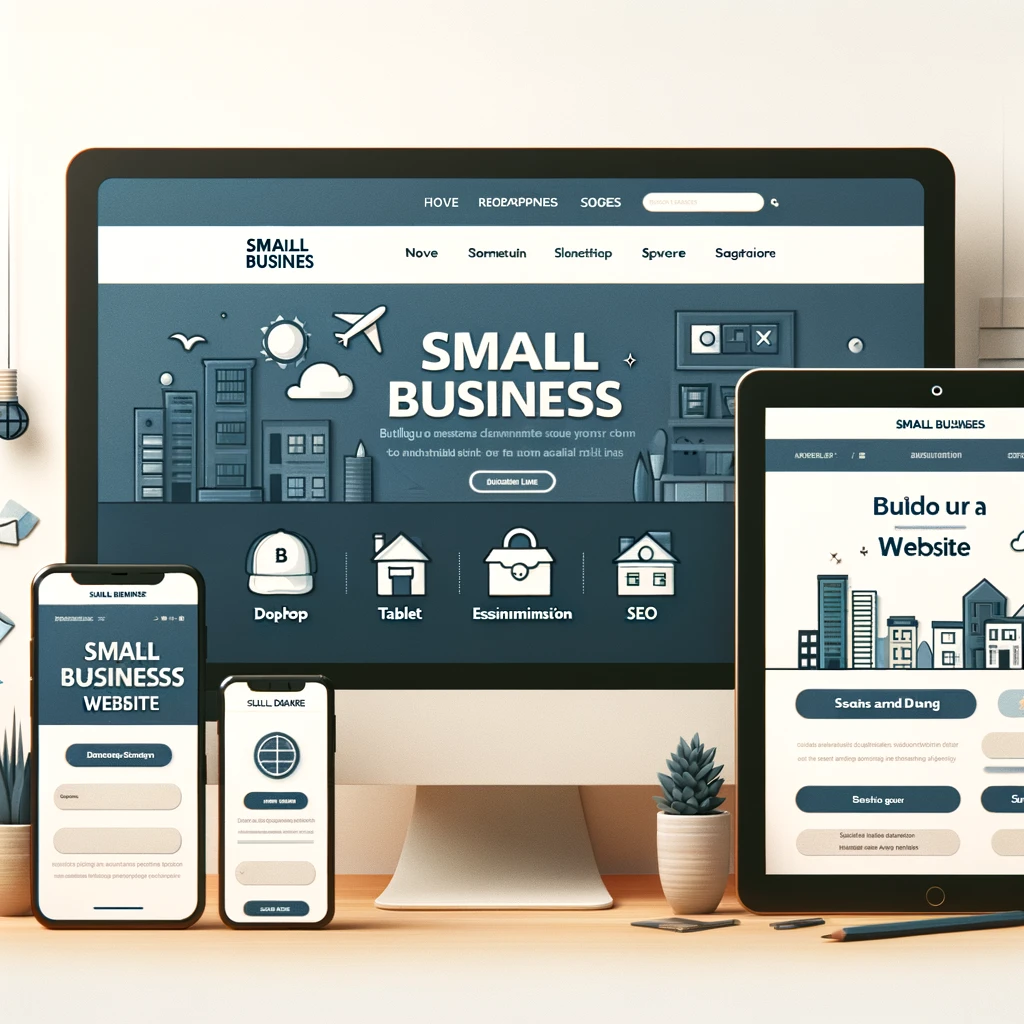Building a website is essential for any small business looking to establish an online presence. However, budget constraints can make it challenging. This guide will walk you through the process of building a website on a budget without compromising on quality or professionalism.
Why Building a Website Matters
A professional website enhances your business’s credibility, attracts more customers, and provides a platform to showcase your products or services. By following this step-by-step guide, you can create a functional and attractive website without breaking the bank.
1. Define Your Website’s Purpose and Goals
Before you start building, clearly define the purpose of your website. Are you selling products, offering services, or providing information? Establishing your goals will help guide the design and functionality of your site.
2. Choose a Website Builder or CMS
Selecting the right platform is crucial for building a website. Website builders like Wix, Weebly, and Squarespace offer user-friendly interfaces and affordable plans. Alternatively, WordPress is a powerful and flexible option, especially for those with some technical skills.
Wix | Weebly | Squarespace | WordPress | Outdriver
3. Select a Domain Name and Hosting Plan
Your domain name is your website’s address on the internet, while hosting is where your site’s files are stored. Choose a domain name that reflects your business and is easy to remember. For hosting, compare plans to find one that fits your budget and offers reliable performance.
Bluehost and HostGator are popular and affordable hosting providers.
4. Design Your Website
Design is critical for creating a professional-looking website. Many website builders offer customizable templates that can save you time and money. Focus on a clean, simple design that aligns with your brand. Use high-quality images and consistent fonts and colors.
5. Create Essential Pages
Every website should have a few essential pages: Home, About, Services/Products, and Contact. Ensure each page has clear, concise information and a call-to-action (CTA) to guide visitors on what to do next.
Check out our guide on essential website elements for more details.
6. Optimize for SEO
Search engine optimization (SEO) helps your website rank higher in search results. Use relevant keywords in your content, meta descriptions, and image alt tags. Ensure your site loads quickly and is mobile-friendly to improve your SEO rankings.
Moz’s Beginner’s Guide to SEO is a great resource.
7. Add Functionality with Plugins or Apps
Enhance your website’s functionality with plugins or apps. For example, add a contact form, social media integration, or an e-commerce platform. Many plugins are free or affordable, allowing you to add features without significant costs.
8. Test Your Website
Before launching, thoroughly test your website to ensure everything works correctly. Check for broken links, ensure forms are functioning, and test the site on different devices and browsers. This helps provide a smooth user experience for your visitors.
9. Launch and Promote Your Website
Once you’re satisfied with your website, it’s time to launch. Announce your new site on social media, email newsletters, and any other marketing channels you use. Encourage your network to visit and share your site to increase visibility.
10. Monitor and Update Regularly
After launching, regularly monitor your website’s performance using tools like Google Analytics. Update your content, fix any issues, and add new features as needed. Continuous improvements keep your website relevant and engaging.
For more tips on maintaining a successful website, visit the Outdriver homepage.
By following these steps, you can successfully build a website that is professional, functional, and budget-friendly. Implement these strategies to create a robust online presence for your small business.




0 comentarios